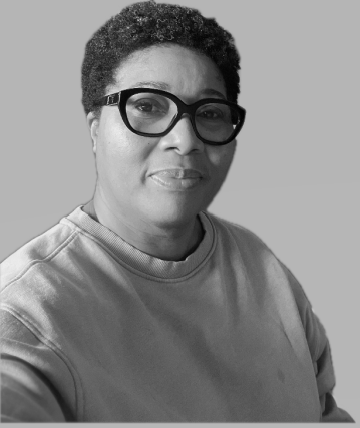Profit or Loss & Financial Position (Cambridge (CIE) IGCSE Accounting) : Revision Note
Profit or Loss
How does a business measure profit or loss?
An accountant prepares an income statement for a business to show if the business is making a profit or a loss
The profit or loss is the difference between the total income and the total expenses
A profit is made if the income is higher than the expenses
A loss is made if the income is lower than the expenses
Why is it important to measure profit or loss?
The information provided by financial statements shows the owner what has happened to the business during a certain period of time
This is usually a year
It can be used to monitor the progress of the business
If a profit is made, the owner is making money on their investment
If a loss is made, the owner might have to make changes to the business
Assets, Liabilities & Capital
How does a business measure its financial position?
An accountant prepares a statement of financial position to show:
Assets
Liabilities
Capital
What are assets?
Assets are things owned by the business
Premises, inventory, motor vehicles, money in the bank, etc
Assets also include amounts that are owed to the business by other people or businesses
Money owed to the business by credit customers
These are called trade receivables
Current assets are short-term assets that the business intends to liquidate within a year
Trade receivables, inventory, money in the bank, etc
Non-current assets are long-term assets that the business intends to own for more than a year and they are not easily liquated
Premises, motor vehicles, etc
What are liabilities?
Liabilities are the amounts that the business owes to other people or businesses
Bank loans, bank overdraft, etc
Money owed to credit suppliers by the business
These are called trade payables
Current liabilities are short-term liabilities which the business intends to pay within a year
Trade payables, bank overdraft, etc
Non-current liabilities are long-term liabilities which the business intends to take longer than a year to repay
Bank loans, etc
What is working capital?
Working capital is the amount of money a business would have left if it converted all of its current assets into cash and paid off its current liabilities
Working capital = current assets - current liabilities
Working capital can be thought of as the capital available for its day-to-day trading activities
What is capital or owner’s equity?
Capital is any resource provided by the owner to start up the business or keep it going
This is sometimes referred to as owner’s equity
Capital is often in the form of money
However, it may also consist of other assets
Such as buildings, furniture, equipment, motor vehicles, goods, etc
The owner invests capital into their business
Technically the business owes these assets to the owner
If a business makes a profit then its capital increases
If a business makes a loss then its capital decreases
What are drawings?
Drawings refer to when an owner takes assets from the business for personal use
This could be money, goods, motor vehicles, etc
If the owner takes drawings from the business then the capital decreases

You've read 0 of your 5 free revision notes this week
Sign up now. It’s free!
Did this page help you?

